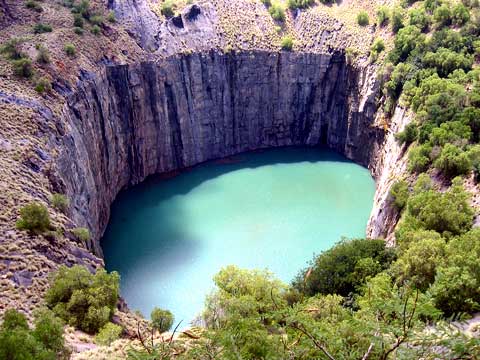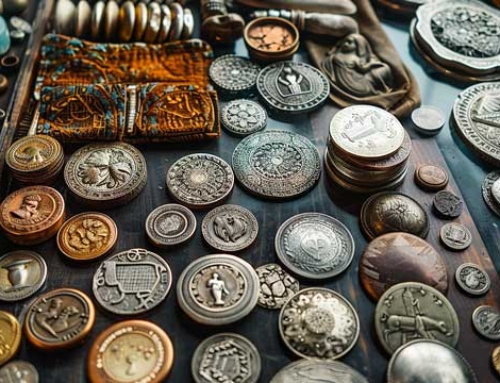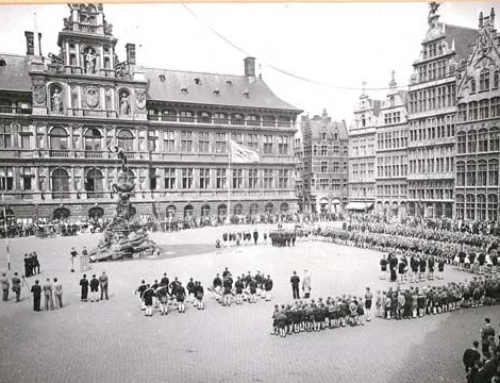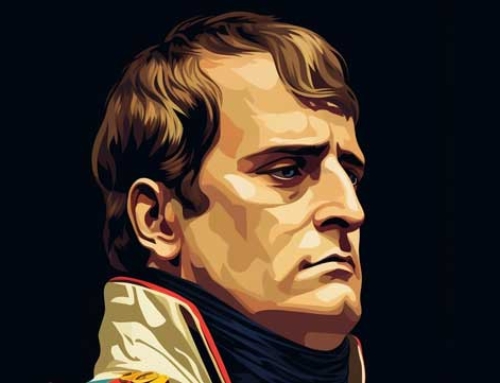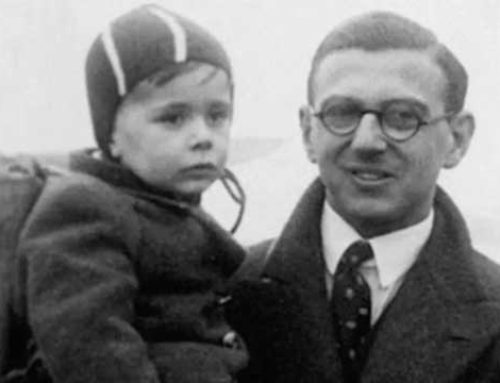The history of the first diamonds goes back to 3.3 trillion years ago when these beloved stones were formed under high pressure and heat deep in the earth’s crust. However, the story of the diamond in South Africa only begins in 1867 when the first diamond was found near the Orange River. A beginning of a beautiful and turbulent history in which South Africa became one of the largest producers of diamonds in the world.
1867: 15-year-old Erasmus Jacobs discovers the first diamond in South Africa, the Eureka, on the banks of the Orange River near Hopetown. He discovered the glistening stone when he was playing on his father’s land. A neighbour, Schalk van Niekerk, identified the ‘stone’ as a diamond.
1869: Despite the fact that the first diamond in South Africa was found by Erasmus Jacobs on an ‘alluvial’ deposit – that is earth or soil material that was deposited by a river or stream, such as riverbeds and deltas – the location of diamonds around 1869 is usually far from streams and water, in yellow earth and hard rock under the ground.
1871: The fortune hunter Fleetwood Rawstorne and his British fellow fortune hunters (known as the Red Cap Party) discover the first diamonds in the small town of Kimberly in the North Cape.
1870 – 1880: The diamond mining in Kimberly grows enormously these decades – soon 95% of all diamonds in the world are found here – as well as the battle between the diamond seekers. The battle is between Cecil John Rhodes and Barney Barnato, two British immigrants who both have a growing share in the Kimberly mines.
1888 – 1889: Cecil John Rhodes buys out Barney Barnato for an unprecedented amount of money and founds De Beers Consolidated Mines, the company that then had a virtual monopoly on the diamond industry worldwide.
1902: The Cullinan Diamond Pipe is discovered near Pretoria and then also the Prime Minister Mine.
1905: In the Premier Mine the largest uncut diamond ever (3106 carat), The Cullinan, is discovered. The diamond is named after the discoverer of the mine: Sir Thomas Cullinan.
1919: Gemologist and engineer Marcel Tolkowsky changes the diamond world with the development of the ideal or round brilliant cut. This shape was designed on the basis of mathematical principles, so that with the right proportions white light would reflect through the top of the diamond and no sparkle would be lost.
1927: German-born industrialist and financier Sir Ernest Oppenheimer, who founded the Anglo American Corporation of South Africa, acquires De Beers from Cecil John Rhodes. The family still runs this mining company today.
1939: The system of the 4 C’s is set up by the Gemological Institute of America (GIA). This system is universally used to determine the value of a diamond or tanzanite based on the four aspects Cut, Colour, Clarity and Carat (or Carat-Weight).
1954: The special Niarchos diamond is found in the Prime Minister Mine. According to Oppenheimer this stone has the most perfect color of all the stones he has ever seen.
1988: To celebrate its 100th anniversary, De Beers unveils the Centenary: the largest, modern and uniquely polished diamond, especially because of its many facets (164 on the stone itself and 83 on the belt (rondist)).
1994: South African diamond and platinum specialist Shimansky opens his first shop in the Pavilion shopping centre in Durban.
2003: Shimansky designs the fiery Eight Hearts diamond that is traded worldwide. This sublime symmetrical design is cut and polished to perfection and shows 8 arrows if you look at the diamond from above and a pattern of 8 hearts if you look from below.
2004: After more than three years of research and design, the founder of jeweler Shimansky, Yair Shimansky, introduces the My Girl diamond. The unique octagonal stone is the first patented ‘cut’ from South Africa and has a sparkle that is most visible when you keep the stone under the light. The My Girl diamond shines from every angle, testifying to a perfect balance between scintillation, fire and brilliance.
2009: The world’s most brilliant cut, the Brilliant 10, is designed by Yair Shimansky. Talented diamond cutters at Shimansky polish the diamond so accurately that 10 arrows are visible from above and a pattern of 10 hearts from below. The amount of light entering the stone is maximized. The diamond gives 25 percent more shine compared to other round diamonds.
One of the most successful entrepreneurial stories in South African history is that of Shimansky. What once started as a small market stall along the beach in Durban has grown into one of the top jewellers in South Africa where you can buy all kinds of diamonds and tanzanites. Today, Shimansky has jewellery shops in all major cities in South Africa.
Yair Shimansky is the man behind the Shimansky jewelry store in Cape Town. His fascination for diamonds started in Tokyo, where the demand for diamonds during his stay was enormous. Shimansky became enchanted by the diamond and developed his new passion in the Middle East. His drive to get to know the stone inside out has given him the position he enjoys today in South Africa.
Shimansky has a good reputation not only within South Africa, but also within the world of the rich and famous. The famous actress Charlize Theron, born in South Africa, wore a Shimansky diamond necklace when she won the Oscar for the movie Monster. Christina Aguilera also wore beautiful Shimansky earrings during a benefit performance in Johannesburg.
Want to know more about diamond in South Africa? Check out the website of the Cape Town Diamond Museum.


